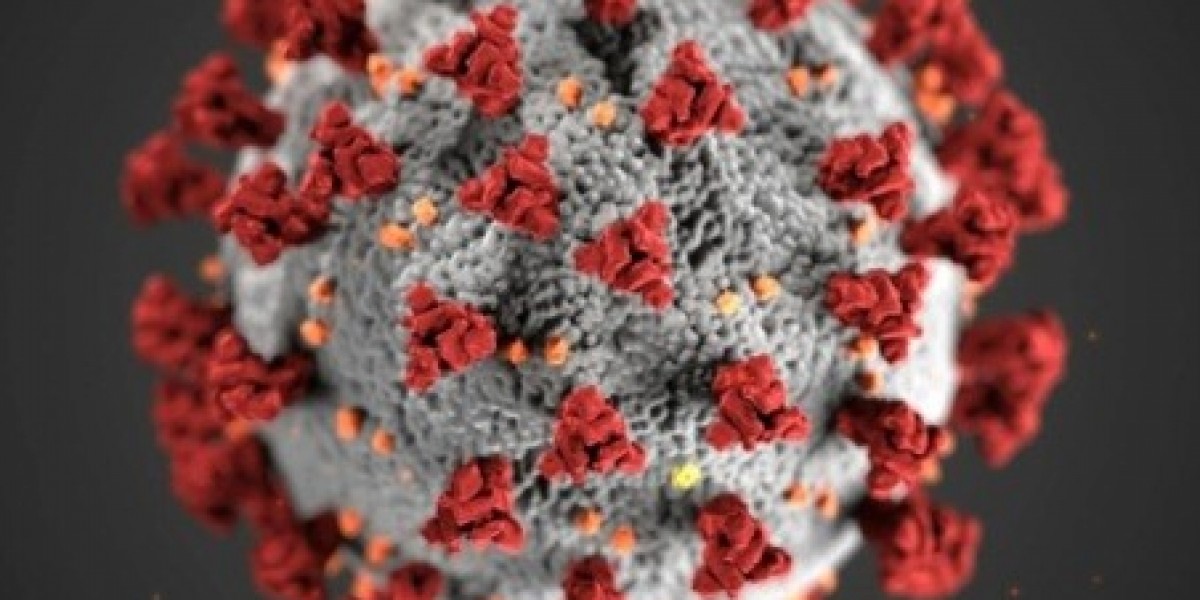Horseradish Peroxidase: The Unsung Hero in Labs and Life Sciences
In the world of biotechnology and diagnostics, some heroes don’t wear capes—they wear molecules. One such unsung yet powerful figure is Horseradish Peroxidase (HRP). At first glance, this enzyme might sound like just another scientific term, but behind the microscope, HRP plays a crucial role in medical diagnostics, molecular biology, and even environmental science.
Let’s take a deeper dive into what makes Horseradish Peroxidase so special, where it comes from, and why it's become a cornerstone in research and innovation.
What Exactly is Horseradish Peroxidase?
Horseradish Peroxidase is an enzyme extracted from the roots of the horseradish plant (Armoracia rusticana). It’s part of a larger family of peroxidases—enzymes that catalyze oxidation-reduction reactions. HRP is particularly valued for its ability to break down hydrogen peroxide into water and oxygen, a simple reaction that becomes incredibly powerful when paired with specific substrates.
In the lab, this reaction produces color changes or luminescence, which researchers use to detect or quantify biological targets like proteins, antibodies, or nucleic acids. In essence, HRP acts as a visual translator, helping scientists see the invisible.
From Garden Root to Global Labs
You might wonder—why horseradish? Why not carrot or beet? It turns out horseradish contains an abundant amount of the peroxidase enzyme, and its version of the enzyme is both stable and highly reactive, making it ideal for scientific use. First isolated over a century ago, HRP has since become a lab essential in techniques such as:
ELISA (Enzyme-Linked Immunosorbent Assay)
Western Blotting
Immunohistochemistry
Biosensor development
These techniques are vital in diagnosing diseases like cancer, HIV, and even COVID-19. So, the next time you hear about a breakthrough in early cancer detection, know that HRP likely played a quiet, pivotal role behind the scenes.
Why Researchers Love HRP
There’s a reason HRP has remained relevant in labs for decades. Actually, many reasons:
High Sensitivity: HRP can detect very low levels of target molecules, which is critical in early disease detection.
Stability: Unlike many other enzymes, HRP maintains activity under a wide range of temperatures and pH levels.
Low Cost & Easy Conjugation: HRP can be easily linked to antibodies or other proteins, making it versatile for a wide array of assays.
Versatile Detection Modes: Whether researchers want a color change (chromogenic), a glow (chemiluminescent), or even a fluorescence signal, HRP can do it all.
These characteristics make HRP the go-to enzyme for many assay systems—reliable, flexible, and efficient.
HRP in Action: Real-Life Applications
Let’s put it into perspective with some real-life examples.
? Medical Diagnostics: In ELISA tests, HRP is linked to an antibody that seeks out a specific virus or bacteria in a patient’s blood. When it binds, HRP triggers a reaction that changes color—giving doctors a clear “yes” or “no” result.
? Cancer Research: HRP-tagged antibodies help scientists visualize where certain proteins are expressed in tissues. This allows researchers to understand how tumors grow and spread, aiding in the development of targeted therapies.
? Environmental Monitoring: HRP is also used in biosensors to detect pollutants like phenols or heavy metals in water sources. A color change in the presence of a contaminant can help trigger a cleanup before environmental damage escalates.
Challenges and the Road Ahead
Despite its many strengths, HRP isn't without limitations. It can be sensitive to certain chemical inhibitors, and over time, even this sturdy enzyme can degrade. That’s led to research into genetically engineered HRP variants that are even more robust, or into alternative enzymes that could one day share or replace HRP’s role.
Still, as of 2025, HRP remains a cornerstone enzyme in both academic and industrial labs.
Browse More Reports:









